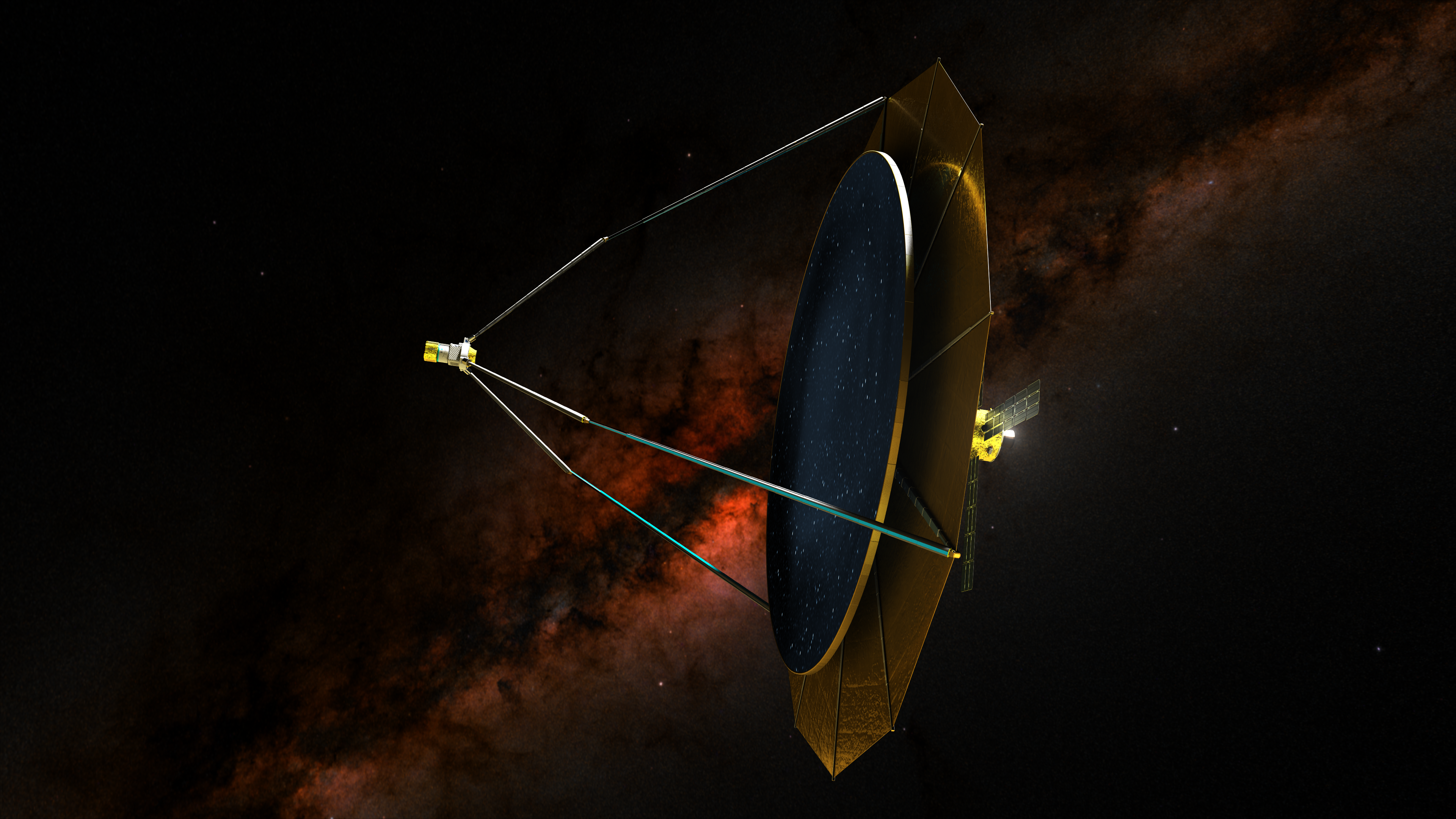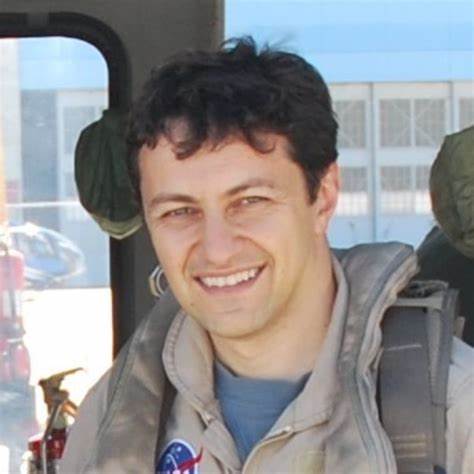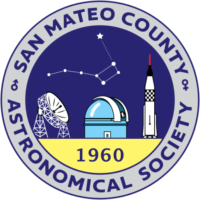Presentation on November 1, 8:00pm PST
in the CSM Planetarium
Speaker: Dr. Edward Balaban, Research Scientist
NASA Ames Research Center
Fluidic Telescope (FLUTE):
Enabling the Next Generation of Large Space Observatories
Free and open to the public. Free Parking in nearby lots.

The future of space-based UV/optical/IR astronomy requires ever larger telescopes. The highest priority astrophysics targets, including Earth-like exoplanets, first generation stars, and early galaxies, are all very faint, which presents a challenge for current and next generation telescopes. Larger telescopes are the primary (if not only) way to address this issue. With mission costs depending strongly on aperture diameter, scaling current space telescope technologies to aperture sizes exceeding 10 meters does not appear economically viable. Without a breakthrough in scalable technologies for larger telescopes, future advances in astrophysics will slow down or even stall.
The FLUTE (Fluidic Telescope) project proposes to overcome the current scaling limitations for space optics via a novel approach based on fluidic shaping in microgravity. This technique has already been successfully demonstrated in a laboratory neutral buoyancy environment, in parabolic microgravity flights, and aboard the International Space Station (ISS). Theoretically scale-invariant, this technique has produced optical components with superb, sub-nanometer surface quality. In this presentation, Dr Edward Balaban will present the results to date and outline the work in progress, including FLUTE mission concepts currently under development that may enable the Next Generation of Large Space Observatories!
We propose a mission concept for a space observatory with a large-aperture (50-meter) unsegmented primary mirror suitable for a variety of astronomical applications. The mirror would be created in space via a novel approach based on fluidic shaping in microgravity, which has already been successfully demonstrated in a laboratory neutral buoyancy environment, in parabolic microgravity flights, and aboard the International Space Station (ISS). Theoretically scale-invariant, this technique has produced optical components with superb, sub-nanometer (RMS) surface quality.

Balaban is a research scientist at NASA Ames Research Center and is
the NASA Principal Investigator for the Fluidic Telescope (FLUTE) project. His professional interests include robotics, autonomy, artificial intelligence, and development of innovative space missions. He is also the lead for strategic mission planning on NASA’s Volatiles Investigating Polar Exploration Rover (VIPER) mission and is also a member of VIPER’s Science and Mission Operations teams (VIPER is a mission to land a mobile robot in a South Pole region of the Moon in late 2024 to characterize deposits of water ice and other hydrogen-containing volatiles). During his years at Ames, he has been involved in a variety of R&D and mission projects, including the X-34 experimental reusable space plane, autonomous robotic planetary drill (Drilling Automation for Mars Exploration project), and the K-11 planetary rover prototype. He was one of the creators of the Personal Satellite Assistant (PSA), a robot designed for operating on the International Space Station and a predecessor to the current Astrobee robot. He holds a bachelor’s degree in Computer Science from The George Washington University, a master’s degree in Electrical Engineering from Cornell University, and a Ph.D. in Aeronautics and Astronautics from Stanford University.
He has held a Private Aircraft pilots license since 2007.
